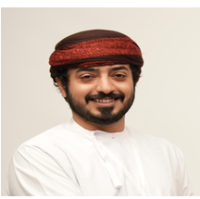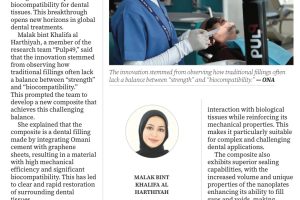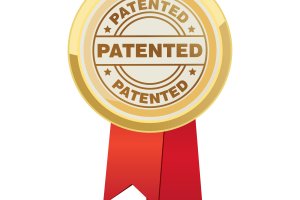
Winner OMFS Research Day
The College wishes to congratulate its alumnus, Dr Saleh Al Ghailani BDS, MFD RCSI who is currently a final year resident in Oral & Maxillofacial Surgery (OMFS) program under the Oman Medical Specialty Board (OMSB).
Dr Ghailani had recently presented his research paper titled “Analysis of complications and outcome of orbital fracture repair” at the International Oral & Maxillofacial Conference in Vancouver, Canada. He also won the first place in the OMFS Research Day. Dr Ghailani will soon present his paper in the OMSB research day competing with other dental and medical specialty programs.
For an abstract of his paper: here is the link
Analysis of complications and outcome of orbital fracture repair in Oman
Saleh Al Ghailani, Abdulaziz Bakathir, Ahmed Al Hashmi , Ahmed Al Ajmi , Tiamour Al Baloshi
ABSTRACT
Objective: This multi-centre retrospective study was conducted to investigate and analyse the complications and results post orbital fracture repair in Oman. Methods: This study included all patients with orbital floor and/or medial wall fractures who underwent orbital reconstruction at four tertiary hospitals in Oman between January 2014 and December 2021. Data included the patient's demographic, fracture aetiology, surgical approach, reconstruction material, complications, and outcome of repair. Results: A total of 41 patients were included in the study. Motor vehicle accidents (MVC) were the commonest cause of orbital fracture accounting for 53.7%. (17.1%). 25 patients had isolated orbital fractures, 12 with orbital fractures that were associated with the zygomaticomaxillary complex, and 4 patients with orbital fractures associated with naso-orbital ethmoidal. Transconjunctival approach was the commonest surgical approach (36.6%) followed by infra-orbital approach (24.4%). Titanium mesh was the main implant used accounting for 63%. Ten patients had had post-operative complications giving an overall complication rate of 24.4%. The two most commonly reported complications were enophthalmos (17.1%) and residual diplopia (13%).
Analysis of 24 postoperative CT showed that the ideal position of implant material in the anterior, middle, and posterior zones were achieved in 87.5%, 45% and 13% of the cases, respectively.
Conclusion: The findings of this study showed that most of the encountered cases of orbital fracture were due to MVC and the complication rate of orbital reconstruction was low and comparable to published literature.
You may also like

ODC Materials Patent

ODC Celebrates Academic Excellence with a New Standard in Endodontics

